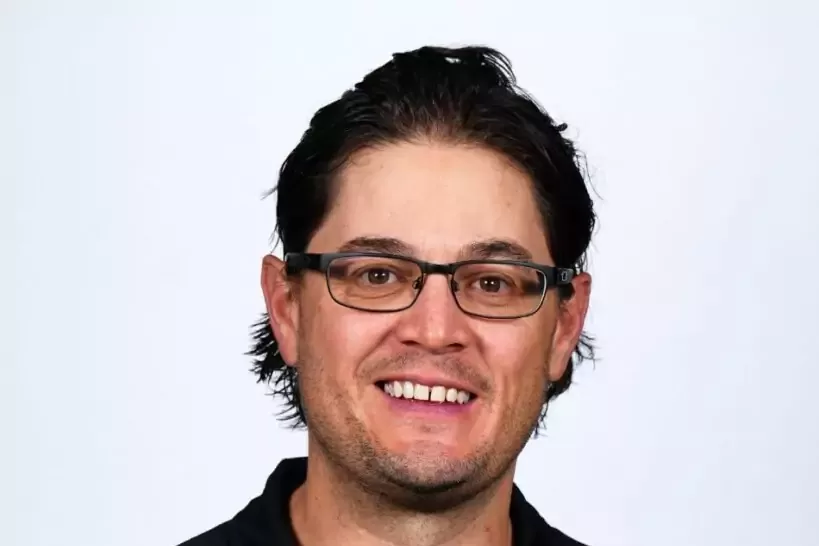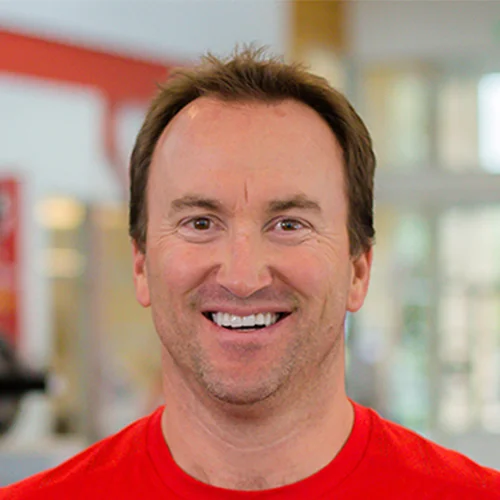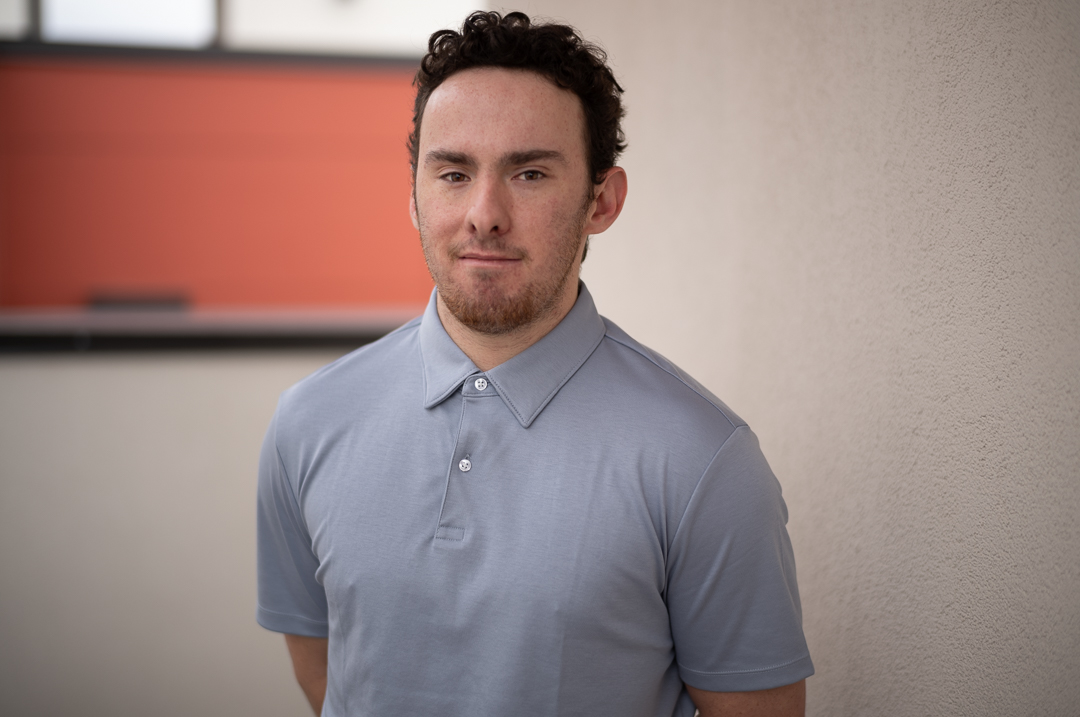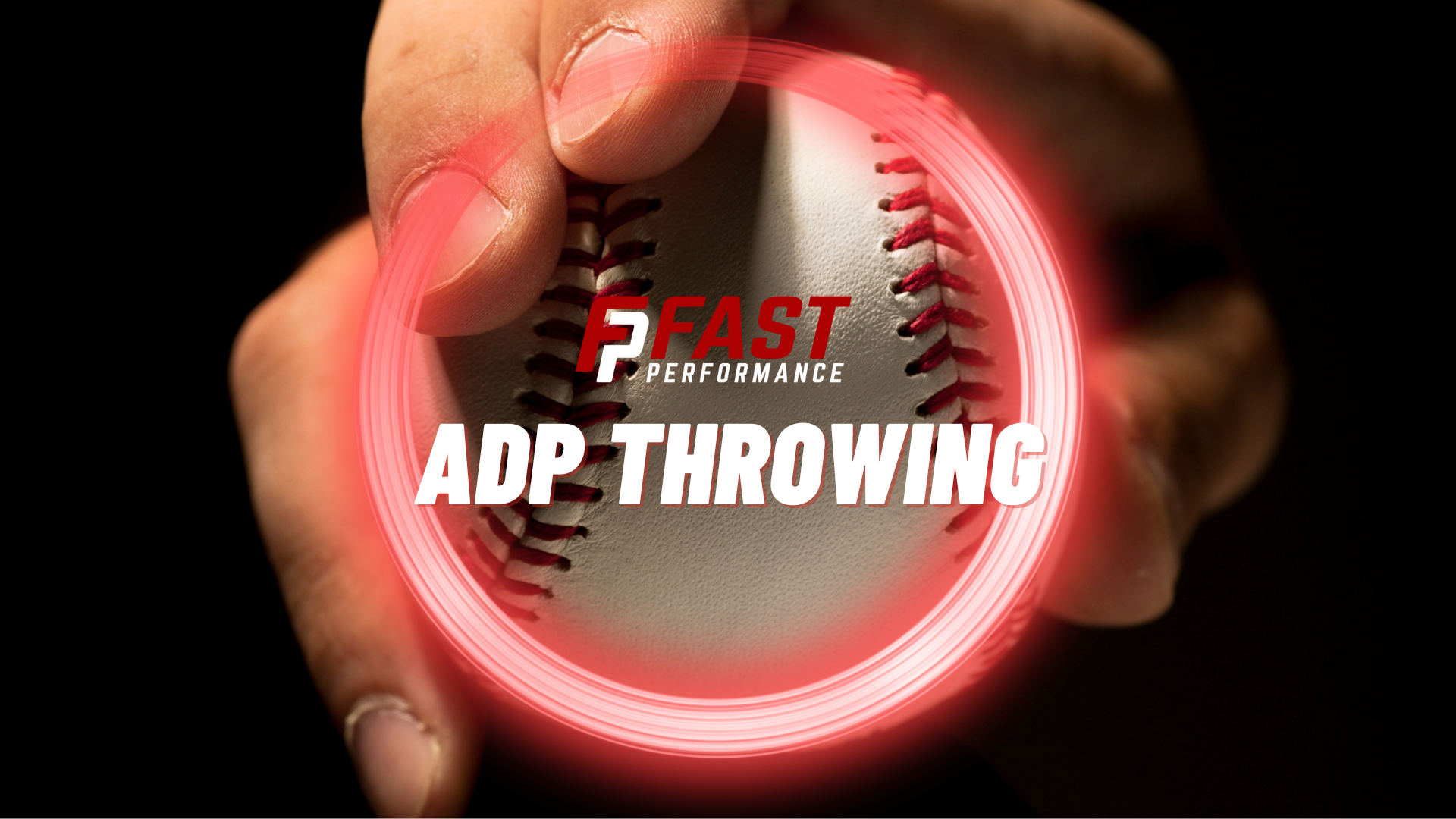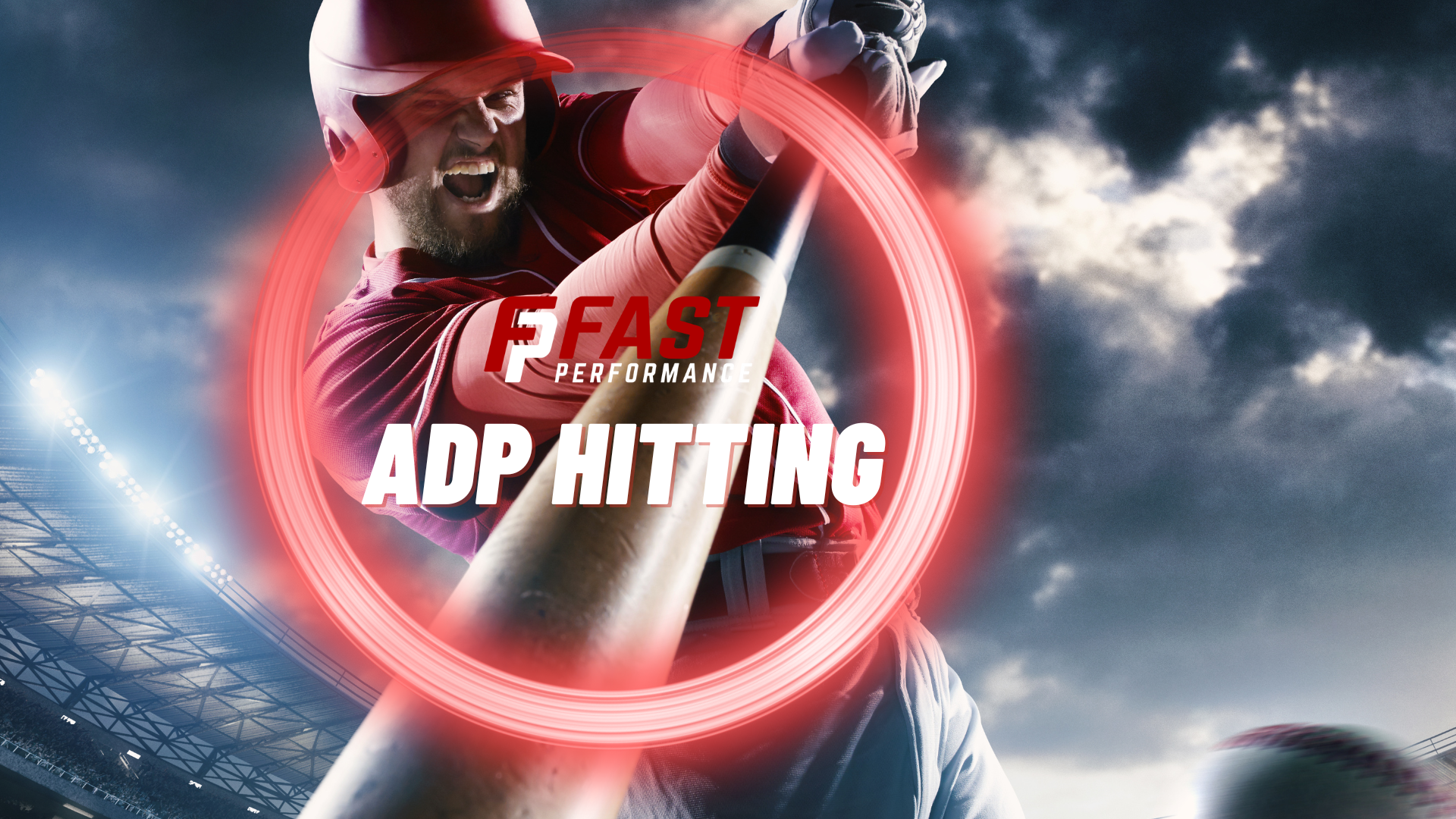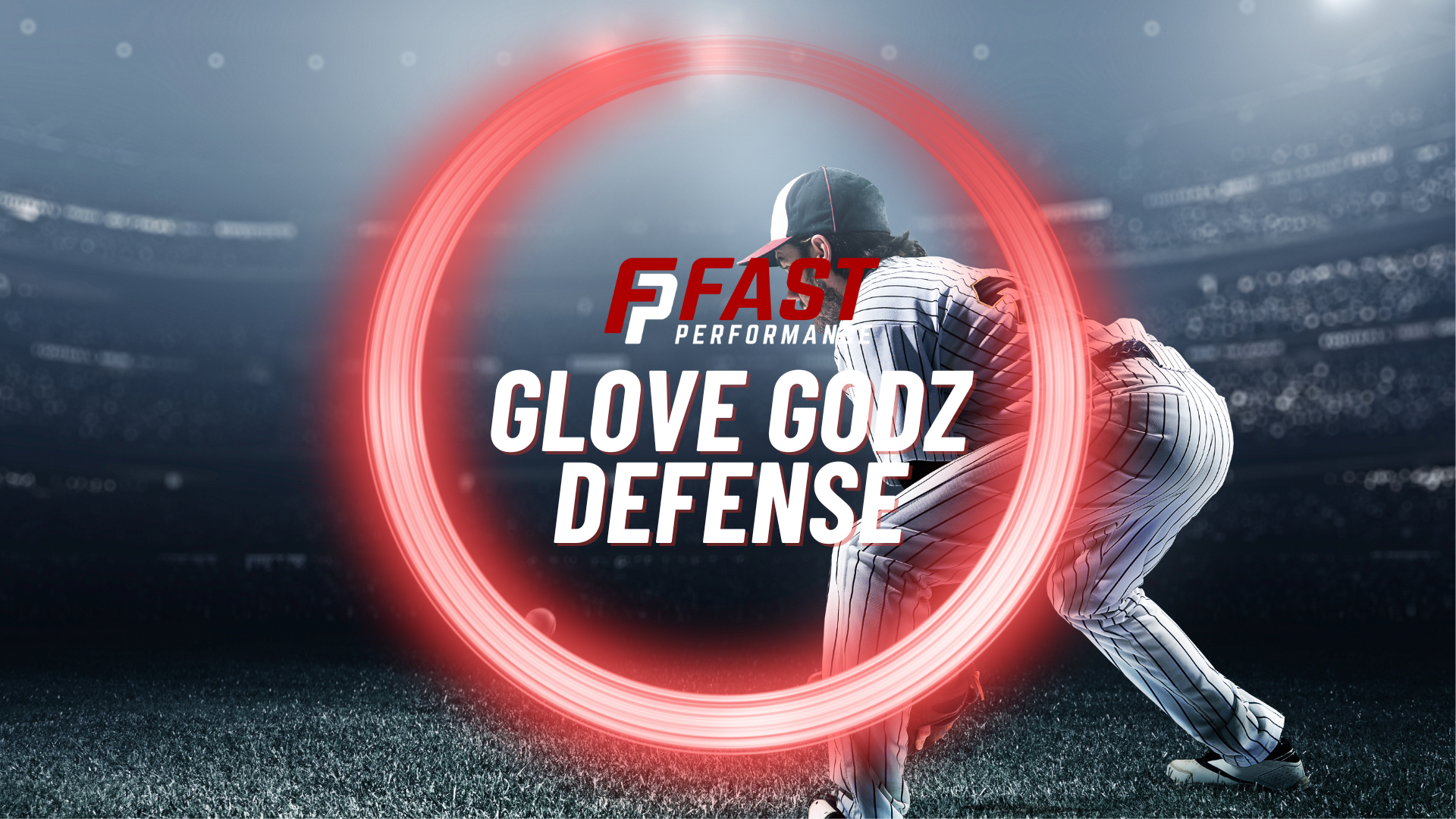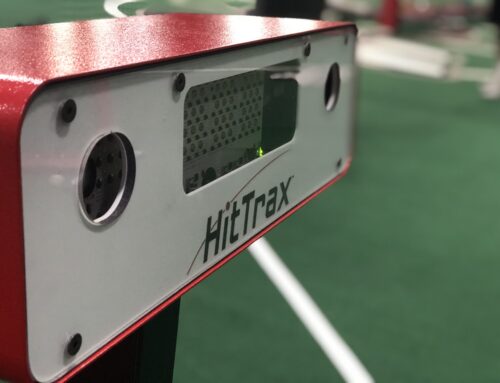In 2016 and 2020, Colorado was ranked as the most physically active state in the US. Coloradans pride themselves on pushing their fitness by riding bikes, running, going to the gym, or tackling one of the fifty-eight 14ers found in the state, to name a few activities. Youth sports have also erupted nationwide. The Colorado High School Activities Association reported that in the 2016-2017 school year, 139,969 students participated in sports. That number jumped in the 2018-2019 school year to 143,614 students. Also available to our young athletes are a slew of private sports clubs like soccer, swimming, rugby, skiing, baseball, softball, and more.
With any physical activity, there is an inherent risk for injury. In 2013 the US had a total of 2,807,880 ER visits related to sports activities, and 71.8% of those visits were related to team/group sports, individual sports, and walking/running.
But what happens when you do when you get out of the ER? Typically you’ll go to your primary care physician and get prescribed some physical therapy….maybe. After seeing a therapist that doesn’t specialize in sports, you might leave with some lingering pain or you are unsure if you are ready to go back to playing. I’m sure you’ve also looked up something like this, “what does it mean when my ankle clicks when I walk?”, only to sort through terrible advice or the advice left you with more questions than answers.
Shouldn’t there be a qualified individual to help you navigate tumultuous questions of injury management and get you back into the sports and activities you love?
Enter the Certified Athletic Trainer.
Certified Athletic Trainers (AT/s) are board-certified and state-licensed (in most states) health care professionals specializing in managing injuries in sports. You might have worked with an athletic trainer in high school when you injured your ankle. You may have seen an athletic trainer run out on the field to tend to a downed player during a football game. Athletic Trainers are the perfect resource to help you address any nagging pains, reduce the risk of injury, or help you rehabilitate any injury that may keep you on the sideline.
Here are the 5 reasons you need an athletic trainer in your life.
- ATs are specifically educated to help you deal with your injuries.
There are tons of individuals that claim to be sports medicine gurus or injury “online experts” along with so-called experts in the industry of fitness. If you dig a little bit deeper into their credentials, they’ve only gone through an online course or weekend seminar and printed off the certificate at the end of the weekend.
Certified Athletic Trainers now must go through an accredited master’s level program where they learn clinical applications and techniques. They also must complete hundreds of hours of hands-on experience to hone their craft. Once the athletic training student has to pass a national board exam, the “BOC,” they add the credentials ATC after their name. If someone is touting themselves as an athletic trainer and you don’t see ATC on their credentials. STEER CLEAR!
- Injury Management
There are six domains of practice for athletic trainers, and four of them directly address injury management.
- Injury Prevention: I don’t like the word prevention. It gives the connotation that we will make you impervious to injury. We’re good at our craft, but we’re not superheroes. I tend to lean towards the term of injury risk reduction. For instance, I know that knee valgus and internal rotation of the tibia will possibly lead to an ACL injury. To address this, I want to strengthen the hip girdle and coach proper landing mechanics during plyometric/jump training.
- Clinical evaluation and assessment: I look at the injury evaluation like painting a picture. I want to include as many details in our athlete’s portrait as possible. Insert “happy trees,” and Bob Ross jokes here. We pack our toolbox full of clinical questions to get a full history of our athlete through guided, but open-ended questions. We assess function and range of motion and have a slew of special tests at our disposal that are sensitive and validated to specific body structures and injuries. Instead of guessing what’s hindering you, we want to find out what is going on and discover the root cause.
- Immediate Care: Athletic Trainers are also trained to be the sideline guardians of safety and player management. We provide immediate assessment and emergency care to athletes that injure themselves on the field or court. To list some of the on-field injuries that I’ve dealt with in my seven years of being a certified athletic trainer: concussions, fractures of all sorts, heat illness, torn muscles, sprains, loss of consciousness, eye injuries, spine boarding incidents, a punctured lung, dental injuries, and testicular injuries to name a few.
- Treatment, rehabilitation, and reconditioning: Rehabilitation is an art form that I believe is more like remodeling. When an athlete seeks our help, we are presented with a house that needs some remodeling. We need to reinforce our load bearing structures and upgrade our bodies just like you would upgrade a kitchen. Our clinical evaluation dictates our exercises and treatment plans. Still, our programs must also be fluid enough to pivot if we identify a new issue or a movement that doesn’t seem quite right. Personally, rehabilitation is my favorite part of athletic training because it allows me to assist in the journey of improvement. The athlete and I work through what is possibly the toughest time in their athletic career.
3. Insurance Hassles
Yes, it is good to have health insurance, but there are so many hurdles and rules that you and your therapist that accepts insurance have to follow. You have to find a physical therapist that is in-network. Depending on the type of coverage you have, you might not be able to find a therapist that is close to you. Another hurdle of dealing with insurance is considering your annual deductible. Meaning, have you paid out of pocket enough money for your insurance to cover any additional cost. Many insurance companies limit the number of visits you have with a therapist. So what if you’re still not 100% healthy after you’ve seen the practitioner ten times? Do you have to pay out of pocket?
Reimbursement for physical therapy is dictated by CPT codes or current procedural terminology codes. These guidelines dictate what your insurance accepting therapist can do. Let us indulge in a hypothetical scenario. You hurt your ankle hiking, and you’re seeing your therapist for that. You get to a point where you feel brave enough to get on your bike, but you fall over the handlebars and hurt your shoulder. You mention it to your therapist. Their likely response is, “you have to go back to your referring MD to get an evaluation and get a new referral for your shoulder.” That can be frustrating. There could be a lot of wasted time going through hoops of our medical care system and worse you’re not getting any better. Many ATs are capable of billing insurance but seek a cash-based model to address the whole body of the client and not be shackled to only focusing on a single body part. Many employers will also reimburse or reward their employees for enrolling and utilizing wellness programs that ultimately cuts down on health insurance.
4. Creativity and Adaptability
ATs are some of the most resourceful practitioners in making their thin budgets stretch a little bit further, not applying a cookie-cutter approach to your needs, and adding skills related to your sport during the evaluation and rehabilitation process. Recently, I’ve told some of my lacrosse clients to bring their sticks to their appointments. We’ve used their sticks as an implement to attach to our Keiser cable functional trainer during their exercises. This brought some familiarity to their sessions and some extra fun at the end by playing wall-ball and shooting shots into our baseball training cages. I’ve also adapted some fundamental movements and cognitive approaches in my professional wrestling athletes by implementing tasks that would transfer well into the ring. There is always an approach to your injury that is as unique as the athlete.
5. We’re The Perfect Liaison For Your Care
Try as we might, we can’t fix everything. Athletic trainers are the ideal practitioner to deal with the majority of sports-related injuries. Still, we can refer to other sport medicine professionals if that is what is best. You might be feeling in the dumps about your injury. We get it, it sucks. But, talking with a sports psychologist is a constructive way to deal with the emotions of not being on the field. If something isn’t adding up in our injury evaluation, I have no problem referring to non-op or surgical Sports Medicine Physicians to get the complete picture of your needs. We want to help provide you the proper resources to help you succeed on the field or in your fitness journey. Then with all the information at hand we tailor your program to meet the demands of your needs.
The model at Fast Performance is similar to a Division-1 athletic department in the sense that there is synergy and cohesion amongst our performance coaches, sports recovery and injury management staff, and sport specific coaches. Fast Performance is fortunate to have a certified athletic trainer on staff to help you or your loved one deal with a sport-related injury. To schedule your appointment with our certified athletic trainer Scott Long please visit this link: https://fastperformance.as.me/ScottLong or visit us at Fastcolorado.com
Scott Long MS, LAT, ATC, CSCS is a board-certified, state-licensed athletic trainer, and certified strength and conditioning specialist at Fast Performance. He serves as the Athletic Trainer for the Colorado Mammoth, Head of Performance for Rocky Mountain Pro Wrestling, and Sports Recovery Supervisor for Fast Performance. You can reach Scott at scott@fastcolorado.com or on Instagram @scotty_sportsmed.
